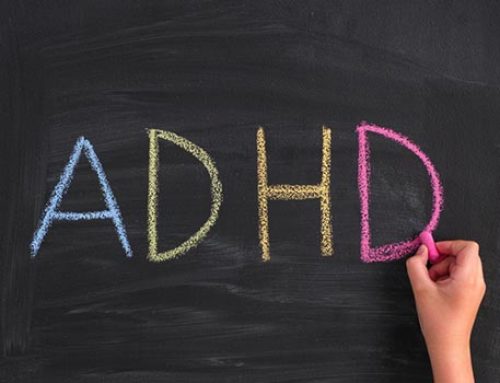
“Can I PLEASE have my phone back?”
Have you ever taken away your ADHD child’s phone, computer, or tablet? You are not alone. Parents often use this tactic. Why? There are many reasons. Here are just a few:
- As a form of punishment
- Because the child is spending too much time on screens
- As an incentive to complete a task
- The data overage charges are costing a fortune
As an ADHD coach, I see many parents confiscate screens. When a student tells me the phone or other screen has been taken away, I always ask, “What do you have to do to get it back?” More often than not, the answer is “I don’t know yet”.
Parents often take screens away as an act of frustration. While ADHD can be extremely frustrating for you, it is much more so for your child. Taking a screen away as an act of punishment rarely has the desired effect, particularly if the confiscation does not come along with an explanation as to why and what has to be done to get it back.
Confiscating screens from children who have ADHD will probably not make them study harder. It will not make them be more organized. It will not make them manage their time better. More than likely, confiscation will just make them find something else that is of high interest that has nothing to do with homework, chores, or any other task. Students with ADHD will have a difficult time making the connection between the crime and the punishment because they tend to “live in the moment”. When the phone disappears, then it comes back, then it disappears again, this just causes frustration, confusion and mistrust.
Screens are an integral part of our children’s lives. They use them to communicate with friends, stay connected, and get their homework done. These are the very things that ADHD children struggle with. Don’t we want them to learn how to manage social situations and be able to manage their schedules and homework?
In order to effect change for an ADHD child, the actions must be broken down into small steps, and be repeated over an extended period of time. This type of behavioral intervention is called scaffolding. Taking away a screen away for a few days or a week will not create any permanent change.
What is a parent to do? First and foremost, move away from the “all or none” concept of taking away the screens. In a screen-centered environment, our children must learn how to manage the process. Instead, start with a discussion that is focused on the real problem. This discussion must be solution oriented. Here are some steps to having the discussion:
- Explain to your child what you view as the problem (i.e. not doing homework)
- Give your child the opportunity to explain what is going on.
- Ask your child how to resolve the problem. You will often be surprised to know that your child has thought this through, and may have some solutions. Be careful not to diminish your child’s ideas. Instead, build upon them.
- If your child cannot come up with viable solutions, then start brainstorming. Offer a few ideas and ask which one they think will work. A child with ADHD will not embrace an idea unless it holds high interest.
- Agree on a set of actions and decide how the two of you will check-in to see if they are getting done.
- Together, decide on the consequences of not getting them done.
- Here is the hardest one for parents: stick to the rules. Don’t take that phone away in frustration!
Is there a time when screens should be completely confiscated? Screens can have a very strong pull for a child with ADHD. If you are concerned that your child is showing addictive behavior to screens, then this may warrant removing them. For some students, the behavior is so bad that all screens must be removed. But, if you feel your child is heading toward that problem, but not there yet, then take some action that is less than complete confiscation. Remember that the idea is to teach the child how to find a balance between screen time and other tasks. Instead, consider the following ideas.
- “Rent” the screen back to the child. Payment can be in the form of cash or chores. Specify the amount of screen time that will be awarded per chore or dollar.
- Use an app that turns the computer or phone off after a certain amount of time. Set a rule for turning it back on (x% of homework complete, room is cleaned, etc)
- Have the student pay for data overage or give them a prepaid plan. The phone or data plan turns off once the payment or month runs out.
Learning how to establish interventions that will help your ADHD child manage screen time can be daunting. I can help you with setting parameters and interventions. To hear more, please contact me.






